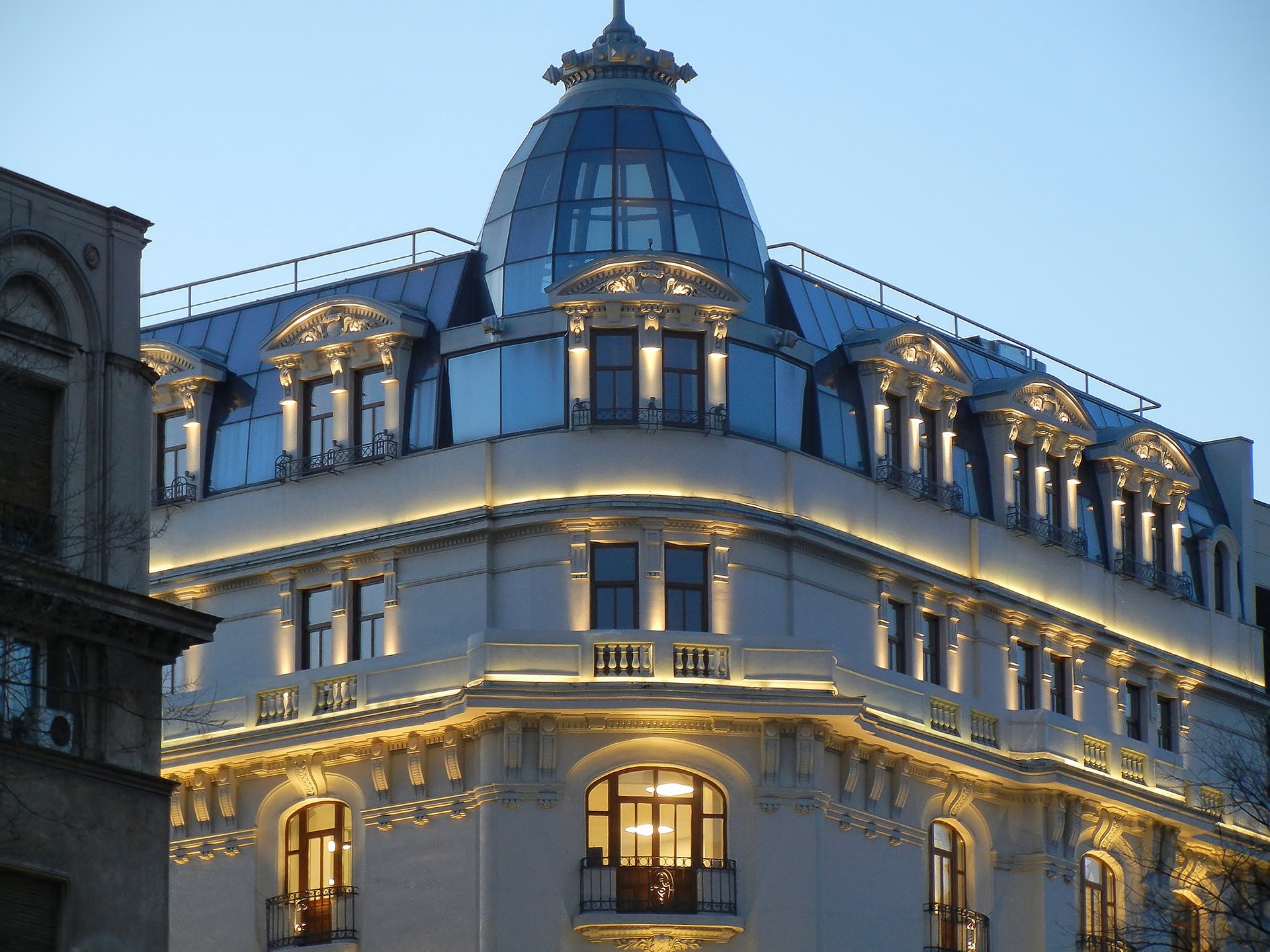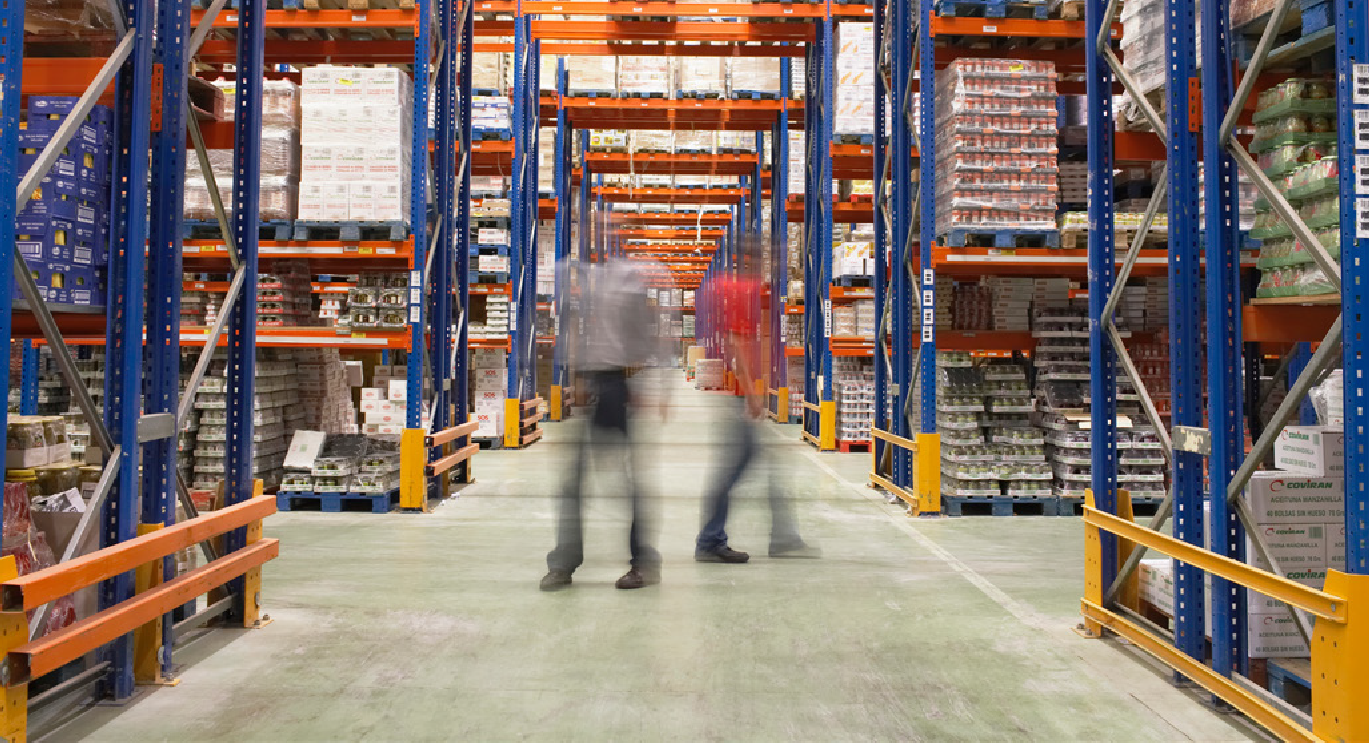Main Streets Across the World 2025
The CEE-6 region maintained steady momentum in Q2 2025, with GDP growth averaging 2.1% year-on-year. Inflation remains a key challenge, averaging 3.8% in Q2 and projected to reach 4.3% by year-end. Romania and Hungary recorded the highest inflation levels. Despite this, unemployment remains low at 4.3%, with Czechia (2.7%) and Poland (3.0%) leading. A slight population decline (–0.4%) is offset by stable employment and business confidence, supporting continued demand for office space.
The office market across CEE-6 is increasingly shaped by a focus on quality. Occupiers are seeking Grade A buildings with strong ESG credentials in central business districts. Prime rents rose by 3.8% year-on-year, reflecting strong demand for modern, well-located properties. Investment activity is improving, with pricing adjustments creating opportunities for capital deployment in sustainable assets.
Gross take-up across CEE-6 capital cities reached 1.07 million sq m in H1 2025, down 12% year-on-year. However, net absorption turned positive in all markets, increasing by 23.5%. Lease renewals dominated activity, as occupiers focused on optimizing existing locations. Warsaw led regional leasing with 301,400 sq m, while demand accelerated in Bucharest during Q2.
New supply reached just 99,200 sq m in Q2 2025—less than half the 2015–2021 quarterly average. H1 completions totaled 125,800 sq m, marking a 43.5% year-on-year decline. Development is increasingly focused on built-to-suit and pre-leased projects. Prague recorded its highest construction activity in five years. Speculative development remains limited due to high construction costs and cautious investor sentiment.
Outlook
Vacancy rates, currently averaging 11.34%, are expected to decline, particularly in well-located Grade A buildings. Prime rents are forecasted to grow 2–3% annually through 2026. New construction will remain closely tied to pre-leasing commitments, with speculative projects becoming increasingly rare. Occupiers will continue to prioritize central, high-quality space with access to transport infrastructure. Older buildings lacking ESG upgrade potential or central locations face growing pressure, creating opportunities for redevelopment.





